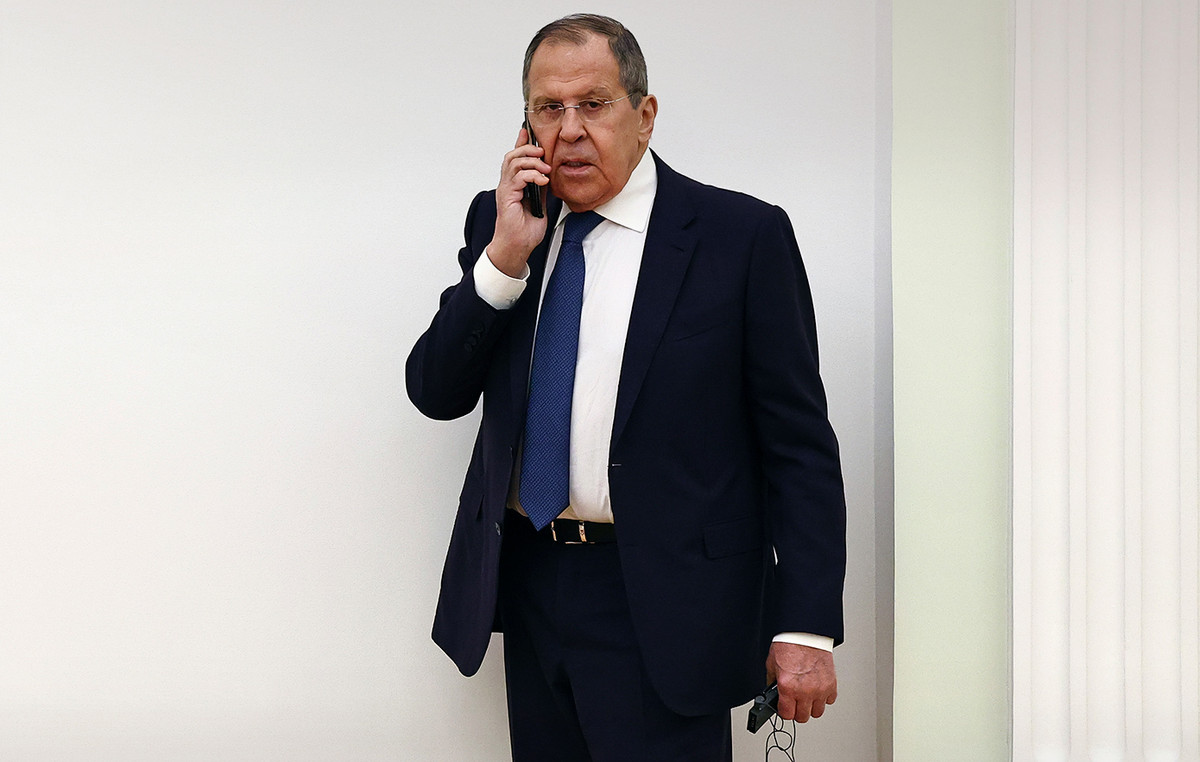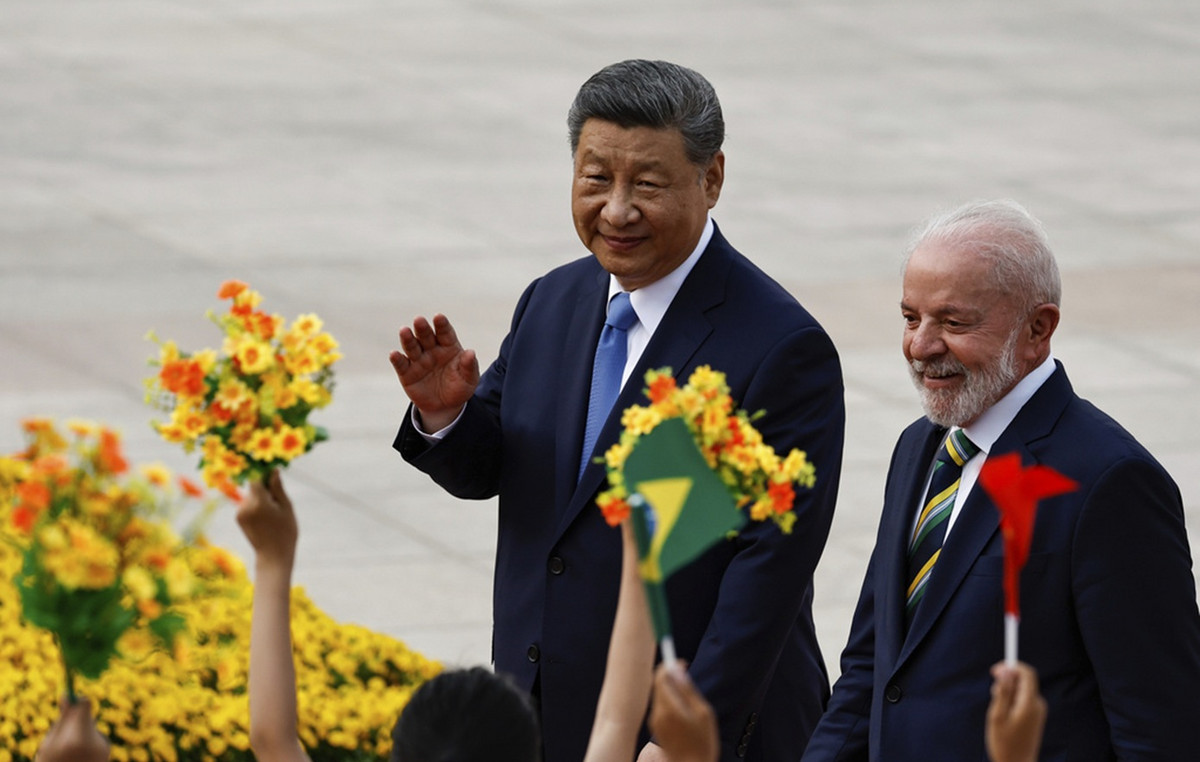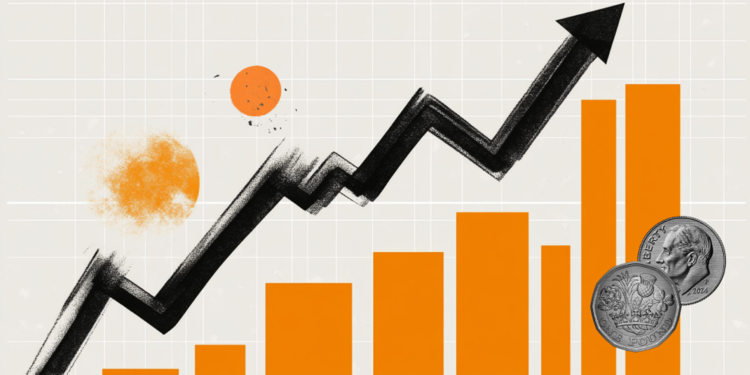How should policymakers react when two central parts of the economy are going in different directions?
That’s the question the Federal Reserve and its international counterparts face as they race to contain rising inflation.
On the one hand, spending on services like flights is growing as people in the United States and Europe take advantage of eased coronavirus restrictions.
“Demand is stronger than I’ve seen it in my career, and that’s even before business travel has fully recovered,” United Airlines CEO Scott Kirby told analysts Thursday. United’s shares rose more than 9% after the earnings release.
However, manufacturing is under pressure as the war in Ukraine drives up the price of energy and key components and continues to scramble global transportation.
Alcoa saw its shares fall 17% on Thursday after warning that supply chain disruptions could hurt demand even as aluminum prices remain high.
Supply chain problems “existed before the war in Ukraine, but this war has exacerbated them,” Alcoa CEO Roy Harvey said Wednesday, pointing to a worsening situation for automakers. “It’s also creating some indirect impacts that are happening on whether the economy continues to grow as it has.”
More evidence: The Purchasing Managers’ Index for the 19 countries that use the euro, published on Friday (22), revealed that activity in the services sector hit an eight-month high, while industrial production hit a low. of 22 months.
“April saw a two-speed economy in the eurozone,” said Chris Williamson, chief business economist at S&P Global.
He noted that manufacturing “came close to stalling due to continued supply constraints, rising prices and signs of spending being hit by war-time risk aversion”, while there was a “record increase in spending on activities such as travel and recreation”.
In the US, manufacturing looked strong in March but appears to be slowing. A survey of local manufacturers from the Federal Reserve Bank of Philadelphia released this week showed growth continued in April, but at a slower pace.
How to respond: This data poses another major challenge for central banks as they withdraw support from the economy and try to contain the highest inflation in decades.
Fed President Jerome Powell and European Central Bank President Christine Lagarde want to respond aggressively enough to stop prices from rising, but they don’t want to be so tough as to trigger a recession. When parts of the economy diverge, that job becomes even more difficult.
Powell, for now, is sounding more aggressive. He said on Thursday that an interest rate hike of half a percentage point in May “will be on the table.” Typically, the central bank raises rates by a quarter of a percentage point.
Lagarde, meanwhile, said Thursday that the ECB continued to monitor economic data, although she did not rule out an interest rate hike in July.
“What makes the job challenging is that you have to navigate between keeping inflation in check, but we also need to ensure that there is financial stability [e] support the economy,” Lagarde told CNN.
This content was originally posted on Troubled Factories and Expanding Airlines Put Fed in US Deadline on CNN Brasil.
Source: CNN Brasil
I am Sophia william, author of World Stock Market. I have a degree in journalism from the University of Missouri and I have worked as a reporter for several news websites. I have a passion for writing and informing people about the latest news and events happening in the world. I strive to be accurate and unbiased in my reporting, and I hope to provide readers with valuable information that they can use to make informed decisions.







